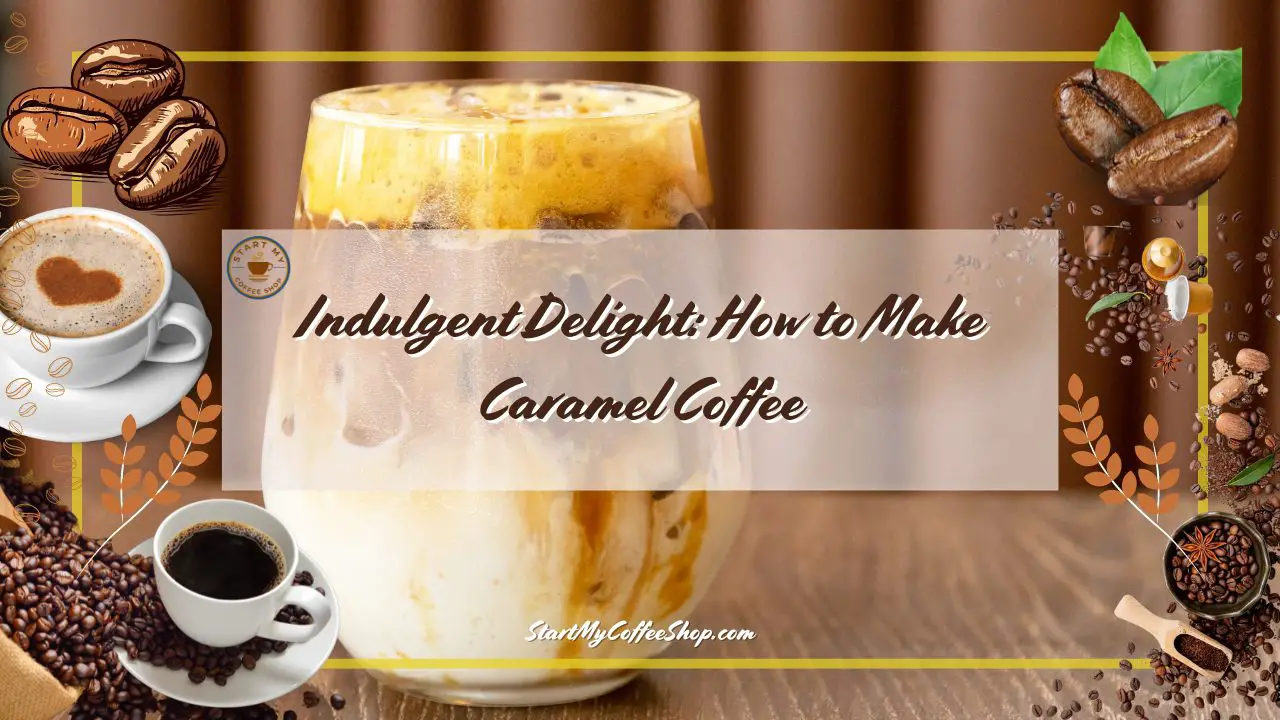I’ve started a quest to find the best espresso because I love coffee. It’s been an exciting and difficult journey, and the type of coffee bean has been a key part of making the perfect shot. This guide is all about espresso beans. I’ll talk about the most famous kinds and share what I’ve learned about them.
From my experience, the most popular coffee beans for espresso are Arabica and Robusta. Arabica offers a smooth, nuanced flavor, while Robusta adds depth and intensity. These beans are versatile, and widely accessible, but may vary in quality and be subject to price fluctuations.
- Arabica beans: Known for their smooth, mild flavor profile, Arabica beans are popular for espresso due to their sweetness and acidity balance.
- Espresso blends: Many cafes use blends of Arabica and Robusta beans to achieve a well-rounded flavor profile with a rich crema and intense flavor.
- Single-origin beans: Some coffee enthusiasts prefer single-origin beans for espresso, highlighting the unique flavors and characteristics of coffee from specific regions.
- Dark roasts: Darker roasted beans are often favored for espresso as they bring out rich, bold flavors with less acidity, resulting in a classic espresso taste.
- Specialty beans: With the rise of specialty coffee, unique and rare beans from specific farms or micro-lots are becoming increasingly popular for espresso, offering distinct and complex flavor profiles.
Arabica Beans: My Go-To for Quality Espresso
Arabica beans are always what I use for espresso. I like these beans because they are very high-grade and taste great. Arabica beans come from places like Ethiopia, Colombia, and Brazil. They have a smooth, well-balanced taste with hints of chocolate, nuts, and fruit that I can’t get enough of. When I tried Arabica espresso for the first time, I knew I had found the best coffee ever.
Robusta Beans: Adding Depth to My Espresso Experience
I’ve also tried the strong flavors of Robusta beans on my trip through espresso. Robusta beans give my espresso more depth and flavor, even though they may be a bit stronger than Arabica beans. They come from places like Vietnam and Indonesia and have a rich, earthy flavor. The crema layer on top of each shot makes it taste extra fancy. Robusta beans are my first choice when I want a stronger coffee.
Espresso Blends: My Balanced Cup of Comfort
I think that espresso blends have just the right amount of taste and smell. I’ve tried a lot of different blends, and each one gives me a different and pleasant experience. It’s great how espresso blends combine different beans and roast levels to make a cup of coffee that tastes great, whether I want a mild and smooth brew or a strong shot. When I need my daily mocha fix, they always give me that warm feeling of familiarity that I love.
Single-Origin Espresso: Exploring the Essence of Coffee
I’ve enjoyed the unique tastes of single-origin beans as I’ve looked for the best espresso. Whether it’s the floral notes of Ethiopian Yirgacheffe or the caramel sweetness of Colombian Huila, each sip takes me on a journey through the unique traits of a different area. Single-origin espresso lets me enjoy the pure flavor of coffee, showing how things like altitude and processing methods affect the final cup.
Specialty Coffee: My Indulgence in Excellence
I’ve welcomed the world of specialty coffee with open arms because I love coffee so much. From smallholder farms and micro-lots, these beans are the best example of quality and workmanship. Specialty coffee roasters make sure that every cup of espresso is a real treat for the senses by focusing on being open and environmentally friendly. Specialty coffee’s wide range of tastes and careful attention to detail have captivated me, making it my treat of choice whenever I want a truly exceptional espresso experience.
Emerging Trends: My Adventure into New Territory
As the coffee business changes, I’m excited to learn about new trends that push the limits of classic espresso culture. I’m always looking for new ways to make coffee and flavors that make my mouth water, like cold brew espresso or nitrogen-infused coffee. I’m also dedicated to supporting environmentally friendly methods like direct trade and carbon-neutral roasting since I know that the choices I make have a positive effect on coffee communities around the world. I keep adding to my espresso trip by following new trends and trying new flavors and experiences that make me love coffee even more.
Pros
- Rich Flavor Profile: The most popular coffee beans for espresso, such as Arabica and Robusta, offer a rich and diverse flavor profile, ranging from fruity and floral notes to deep, earthy undertones. This variety allows espresso enthusiasts to explore different taste profiles and find the perfect match for their palate.
- Versatility in Brewing: These popular coffee beans are versatile and can be used in various brewing methods, including espresso machines, moka pots, and French presses. This versatility ensures that coffee lovers can enjoy their favorite espresso beans in their preferred brewing style, whether at home or in a café.
- Widely Accessible: Arabica and Robusta beans, being the most popular choices for espresso, are readily available in both local coffee shops and supermarkets worldwide. This accessibility makes it convenient for consumers to purchase high-quality beans for their espresso-making endeavors without having to search extensively.
Cons
- Varying Quality: While Arabica and Robusta beans are widely available, the quality can vary significantly depending on factors such as origin, processing methods, and storage conditions. This variability may lead to inconsistencies in flavor and overall espresso experience, requiring consumers to be discerning when selecting beans.
- Price Fluctuations: Due to factors such as climate change, crop yields, and market demand, the prices of popular espresso beans like Arabica can fluctuate significantly over time. This volatility in pricing may pose challenges for consumers who are budget-conscious or rely on a consistent supply of affordable beans.
- Environmental and Social Impact: The cultivation of coffee beans, particularly in regions where Arabica and Robusta are grown, can have environmental and social implications, including deforestation, water usage, and labor practices. Consumers may need to consider the sustainability credentials of the coffee beans they purchase and support initiatives that promote ethical and environmentally responsible coffee production.
Conclusion
As I finish learning about espresso beans, I understand how important it is to choose the right beans for making the perfect cup. Along my path, I’ve learned that Arabica beans are the best for espresso because they are smooth and have complex tastes. Every sip has been a treat, and I’ve loved how the Robusta beans add depth and character to the mix, going well with the Arabica notes. There is a story behind every cup of coffee, whether I’m enjoying a carefully made blend or the unique flavor of single-origin beans.
I’m excited to keep exploring the ever-changing world of espresso and adopting new habits and trends that make my coffee experience better. Every time I drink espresso, it reminds me of all the wonderful things that can happen and all the things I can do. Here’s to many more wonderful coffee moments!
To learn more on how to start your coffee shop, check out my startup documents here.
Disclaimer: The information provided by StartMyCoffeeShop.com (“The Site”) is for general informational purposes only. All information on the Site is provided in good faith. However, we make no representation or warranty of any kind, express or implied, regarding the accuracy, adequacy, validity, reliability, availability, or completeness of any information on the Site. Under no circumstance shall we have any liability to you for any loss or damage of any kind incurred as a result of the use of the Site or Reliance on any information provided on the Site. Your use of the Site and reliance on any information on the Site is solely at your own risk. This blog post is for educational purposes only and does not constitute legal advice. Please consult a legal expert to address your specific needs. Terms and Conditions.

Hi! I’m Shawn Chun
My adventure in coffee began when I first launched my first coffee shop back in the early 2000s. I had to figure out so many things on my own and to make it worse within 2 years of opening two large corporate coffee chains moved in just blocks away from me!
As I saw smaller and even some larger coffee shops in the neighborhood slowly lose customers to these giant coffee chains and slowly close up shop, I knew that I had to start getting creative…or go out of business.
I (like you may be) knew the coffee industry well. I could make the best latte art around and the foam on my caps was the fluffiest you have ever seen. I even had the best state-of-the-art 2 group digital Nuova Simonelli machine money could buy. But I knew that these things alone would not be enough to lure customers away from the name brand established coffee shops.
Eventually, through lots of trial and error as well as perseverance and creativity I did find a way to not only survive but also thrive in the coffee/espresso industry even while those corporate coffee chains stayed put. During those years I learned to adapt and always faced new challenges. It was not always easy, however, in the end, I was the sole survivor independent coffee shop within a 10-mile radius of my location. Just two corporate coffee chains and I were left after that year. All told the corporate coffee chains took down over 15 small independent coffee shops and kiosks and I was the last one standing and thriving.
Along the years I meet others with the same passion for coffee and I quickly learned that it is not only “how good a barista is” that makes a coffee shop successful, but the business side of coffee as well.
Hence why I started this website you are on now. To provide the tools and resources for up and coming coffee shop owners to gain that vital insight and knowledge on how to start a coffee shop successfully.
Stick around, browse through my helpful blog and resources and enjoy your stay! With lots of LATTE LOVE!
Shawn






